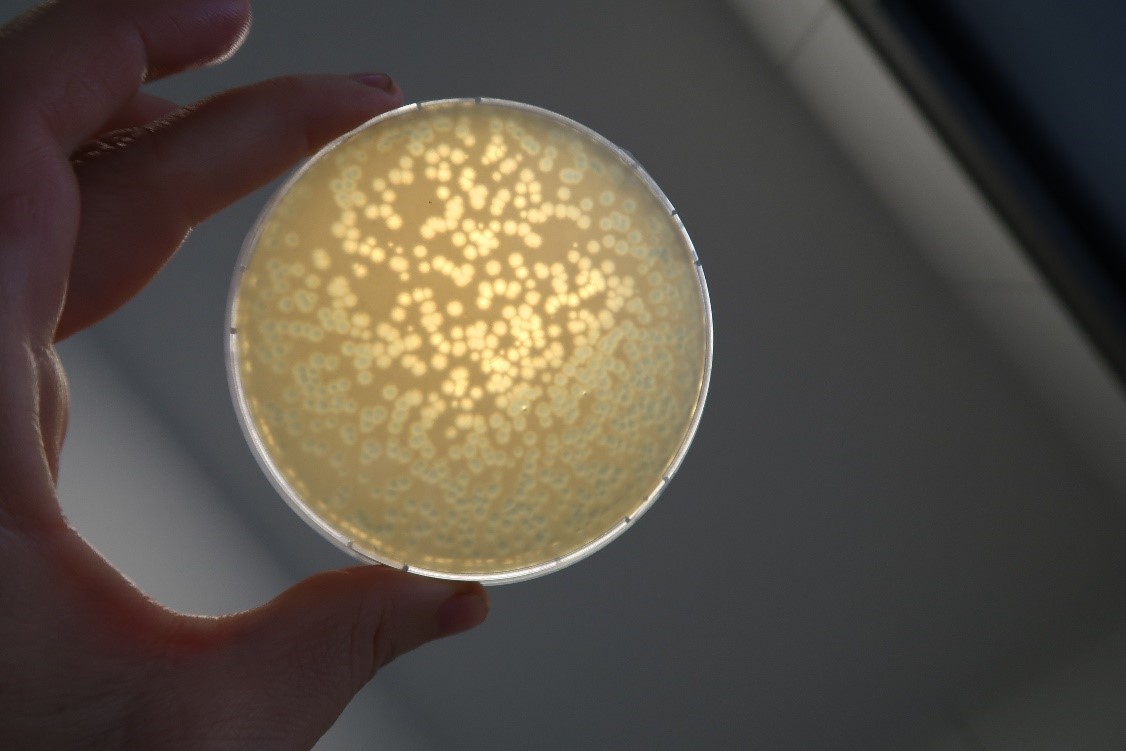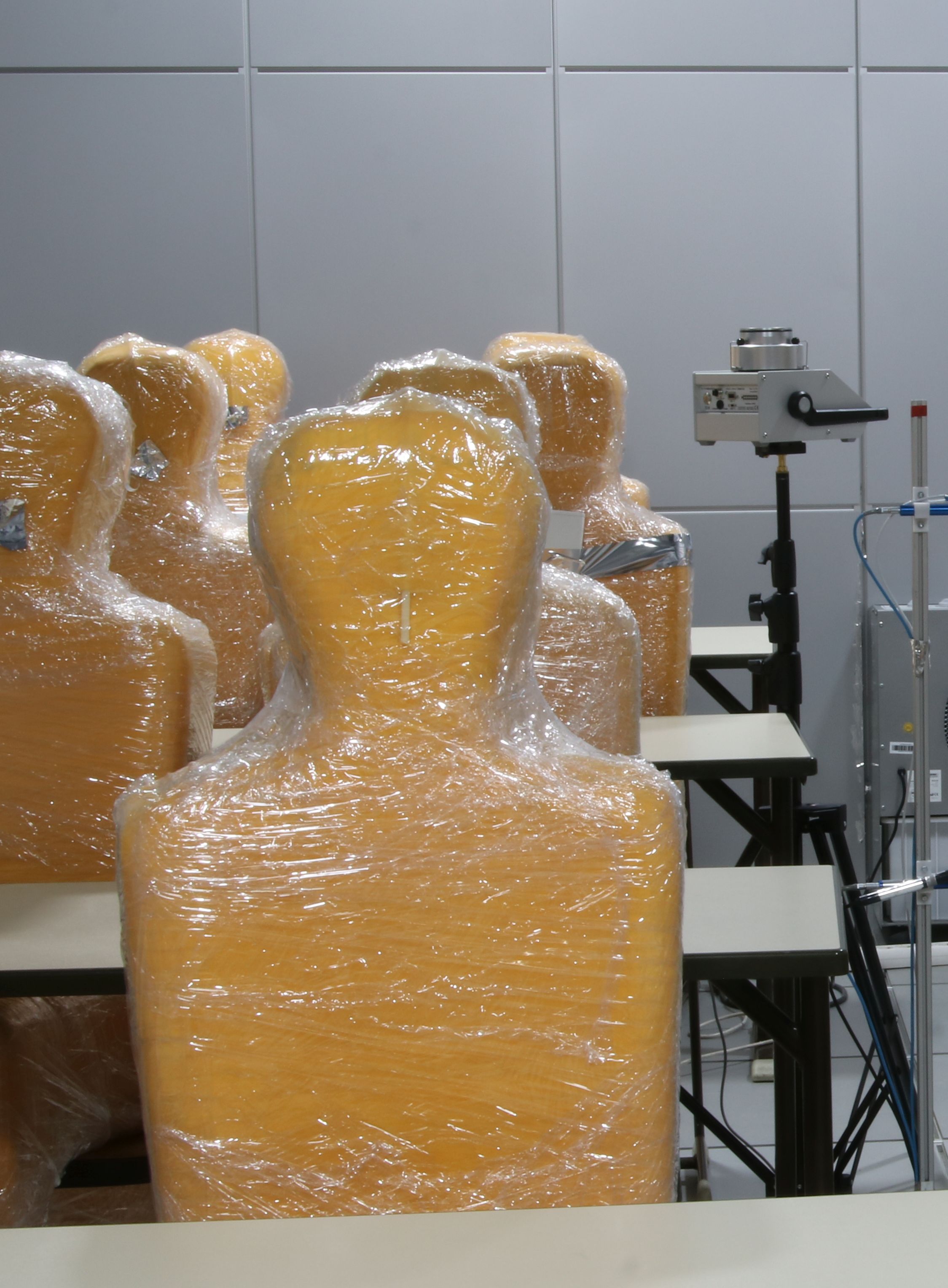Reliably eliminating viruses from the room air - that sounds like a good idea, especially in times of the coronavirus. But how efficiently can air purification technologies diminish aerosols and viral loads?


Reliably eliminating viruses from the room air - that sounds like a good idea, especially in times of the coronavirus. But how efficiently can air purification technologies diminish aerosols and viral loads? In the “Fraunhofer vs. Corona” program, Fraunhofer IBP has established practical methods to demonstrate the efficiency of air purification technologies - the first of its kind in Europe.
Development of the method and realistic scenarios
The particular achievements lay not only in developing the method but also in designing and establishing corresponding tests in realistic scenarios. A range of air purification technologies was analyzed, such as systems based on UV-C, plasma, filters and thermal concepts. To meet the respective device specifications, the various climate-controlled test rooms at Fraunhofer IBP were used - especially because of the different equipment available and the varying room dimensions. For example, devices installed in the fresh air supply were compared with freestanding devices; in addition, actual volume flow rates were compared with prescribed air exchange rates, and proof of virus inactivation was compared with filtration efficiency.
The methods also allow target applications to be modeled - such as schools, daycare centers, restaurants or means of transport. The results enable conclusions to be drawn about the capacity of the technologies to inactivate viruses and reduce aerosols, as well as creating the conditions for mapping the distribution of viruses in a room. Among other things, the method is based on specially selected test viruses and the integration of an adapted plaque assay - a technique that can be used to measure the quantity of infectious viruses in the air. This is essential in order to assess the efficiency of the studied technologies in practice. After all, the most important thing is not how many viruses are present, but how capable they are of reproducing - in other words, their virulence.
Unique in Europe
So far, this flexible application is the only one of its kind in Europe. All previous methods are limited to either filtration efficiency or inactivation on a laboratory scale. The combination of microbiology, room climate parameters, upscaling and distribution dynamics in the interior makes it possible to estimate how efficiently air purification technologies can minimize risks in reality.
Fraunhofer IBP expertise in demand
Drawing on the knowledge it has gained over the years, the Department of Environment, Hygiene and Sensor Technology at Fraunhofer IBP has since become established throughout Germany as a competent address for hygiene and the indoor climate issues, especially those concerning viruses and aerosols. Whether it is industry, the public sector or politics, Fraunhofer IBP's technical expertise is in demand. The established methods support and reinforce all of Fraunhofer IBP’s core skills in the field of simulation and evaluation as well as in the assessment of aspects relevant to indoor air - such as particles and emissions, humidity and temperature distribution, and flow distribution.